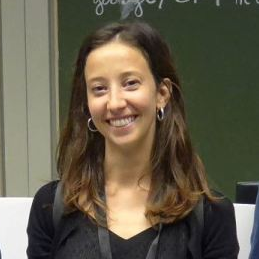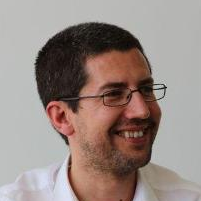Point Cloud and Image Analysis for the Measurement of the Physical Form of Cities
A special issue of Remote Sensing (ISSN 2072-4292). This special issue belongs to the section "Urban Remote Sensing".
Deadline for manuscript submissions: closed (31 August 2021) | Viewed by 10780
Special Issue Editors
Interests: point cloud processing; 3D digital modeling; spatial analysis
Special Issues, Collections and Topics in MDPI journals
Interests: image processing; machine learning; computer vision; texture analysis
Special Issues, Collections and Topics in MDPI journals
Special Issue Information
Dear Colleagues,
In the recent years, remote sensing has become a de facto technology for documenting and modelling the physical form of cities. Remote sensing—terrestrial, aerial, and satellite—has proven to be a suitable approach to effectively collect data at a large scale. Indeed, advances in the integration of sensors in terrestrial mobile platforms, together with the increasingly lower costs of technology, have significantly improved the availability and quality of data. As a result, automated data analysis has become a hot research topic.
Despite the potential of remote sensing for accurately measuring and modelling the physical form of cities, its use has not yet been adopted by the urban morphology community. Researchers in this area have traditionally used simple, two-dimensional representations to characterize city forms. In contrast, the remote sensing approach to urban modelling relies on complex, three-dimensional models that are built from a huge amount of data. Moving from two- to three-dimensional representations requires careful considerations of the costs and benefits associated with such a transition. Complex 3D models may provide rich insights not only on city forms, but also on the process of urban landscape formation, but in order for this approach to be effective, it is of paramount importance to clearly distinguish which data are relevant and which are superfluous.
This Special Issue aims at collecting the recent advances in the use of remote sensing data for the measurement of the physical form of cities. We welcome submissions on the integration of measurement techniques with existing morphological theories, concepts, and methods. Specific topics include, but are not limited to, the following:
- New remote sensing technologies for urban measurement;
- Image processing for large-scale urban modelling;
- 3D modelling of urban areas from point cloud processing;
- Spatial analysis of urban-landscape changes;
- 3D analysis of urban landscape;
- 3D space syntax;
- Urban structure analysis based on 2D and/or 3D morphology;
- Impacts of 3D morphology on the urban environment and ecology.
Dr. Lucía Díaz-Vilariño
Dr. Antonio Fernández
Dr. Vítor Oliveira
Guest Editors
Manuscript Submission Information
Manuscripts should be submitted online at www.mdpi.com by registering and logging in to this website. Once you are registered, click here to go to the submission form. Manuscripts can be submitted until the deadline. All submissions that pass pre-check are peer-reviewed. Accepted papers will be published continuously in the journal (as soon as accepted) and will be listed together on the special issue website. Research articles, review articles as well as short communications are invited. For planned papers, a title and short abstract (about 100 words) can be sent to the Editorial Office for announcement on this website.
Submitted manuscripts should not have been published previously, nor be under consideration for publication elsewhere (except conference proceedings papers). All manuscripts are thoroughly refereed through a single-blind peer-review process. A guide for authors and other relevant information for submission of manuscripts is available on the Instructions for Authors page. Remote Sensing is an international peer-reviewed open access semimonthly journal published by MDPI.
Please visit the Instructions for Authors page before submitting a manuscript. The Article Processing Charge (APC) for publication in this open access journal is 2700 CHF (Swiss Francs). Submitted papers should be well formatted and use good English. Authors may use MDPI's English editing service prior to publication or during author revisions.







